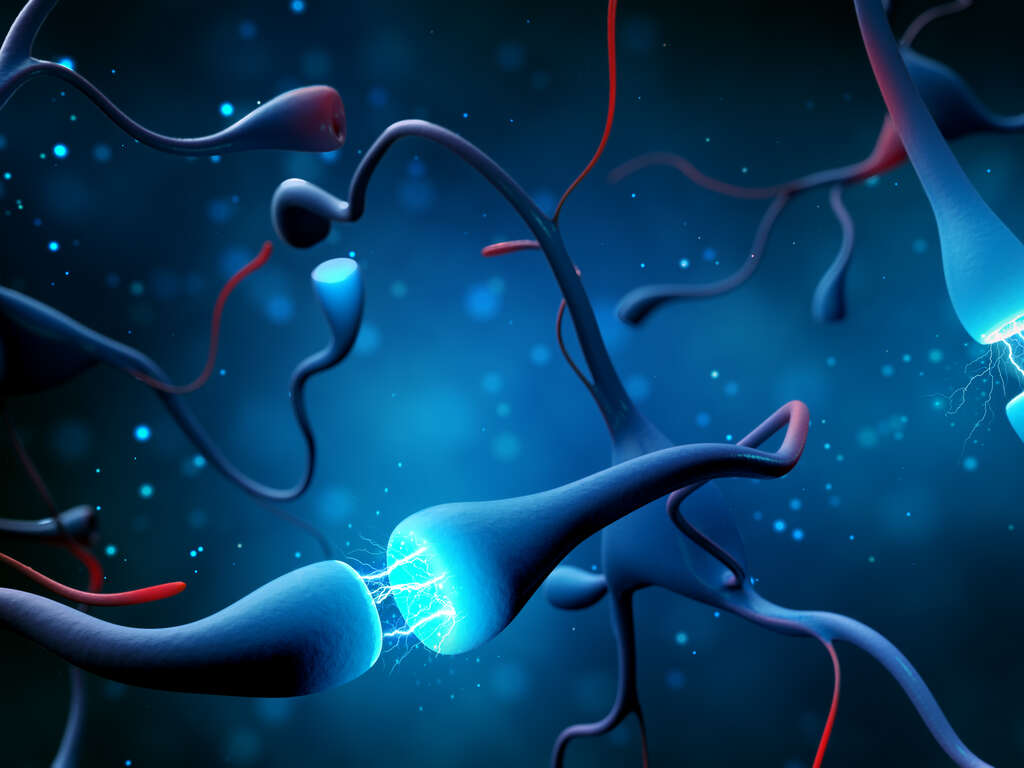Stimulant Addiction
Ready to Take the Next Step?
We are Ready to Help, Call Now!
Turning Point of Tampa has helped thousands find recovery. As an in-network facility, we are able and committed to helping you find the life you deserve.
Stimulant Addiction
Stimulants raise levels of activity in the body, specifically the brain and the central nervous system. Because of this effect, stimulants are often referred to as “uppers.” Some of the most used stimulants include cocaine, crack, amphetamines, and methamphetamine. Stimulants increase alertness, attention and energy while also elevating blood pressure, heart rate and breathing.
Regular stimulant users can potentially experience irritability, restlessness, sleep disturbance, tremors, skin flushing, and weight loss over time while taking these drugs. On top of those side effects, they may experience a range of long-term health implications as well, including heart palpitations, energy loss, swallowing problems, insomnia, respiratory distress, unconsciousness, nasal damaging, seizures, and nausea and vomiting.
Stimulants and the Brain
Stimulants “speed up” the body by boosting the production of neurotransmitter chemicals that carry messages between nerve cells in the brain and body. In the case of cocaine and methamphetamine, for example, the drugs increase the brain’s production of the “feel good” chemical dopamine, causing an intense but short-lived feeling of euphoria and energy.
This burst of dopamine also makes users more likely to take the drug again to repeat the experience, but also causes the brain to quickly develop a level of tolerance for the drugs, requiring users to take more to achieve the same effect.
Because stimulant drugs have such a powerful effect on the brain, they can be highly addictive and difficult to overcome. Many users also continue taking stimulant drugs to avoid uncomfortable withdrawal periods where the brain “resets” back to a baseline level without the presence of the drug.
Most Common Types of Stimulants

The most well-known stimulants include prescription stimulants as well as illicit stimulants. Stimulant abuse and the misuse of stimulants is often linked with high school students, young adults, and college students and described as “study drugs” to improve focus.
Stimulants are used to combat and treat adhd (attention deficit hyperactivity disorder) and to treat narcolepsy. Prescription stimulants can have an increased risk of adverse effects such as an irregular heartbeat and even heart failure.
Cocaine
A popular drug often consumed in a powder form or taken in combination with other drugs like heroin. Signs of cocaine use may include dilated pupils, weight loss, runny nose, and nose bleeds. Cocaine is considered a highly addictive stimulant drug and can cause major health complications, including blood pressure issues and damage to vital organs.
Crack
Crack is a crystal form of cocaine. It is typically consumed through smoking. As with cocaine, this stimulant drug is highly addictive and harmful to the user’s long-term health and well-being. Individuals can overdose on both cocaine and crack on the first use.
Methamphetamine
A man-made stimulant drug that is commonly manufactured in illegal laboratories. Because of this, methamphetamine often contains untraceable and unknown chemical additives, including other drugs, and can be highly dangerous.
Amphetamine
A pharmaceutical stimulant drug often used to treat conditions like disordered sleep and attention-related issues. Though this type of prescription stimulants are tightly controlled, it may be misused by individuals who do not have those specific medical needs.
Prescription Stimulants

Prescription stimulants are a type of prescription drugs that are designed to treat ADHD, to treat narcolepsy, and other health conditions. A prescription stimulant may also be used as a recreational drug by many people for their euphoric effects. When people misuse prescription stimulants it can lead to substance abuse or stimulant addiction.
There are many different types of prescription stimulants. Some of the most common prescription stimulant drugs include methylphenidate (Ritalin), amphetamine (Adderall), dextroamphetamine (Dexedrine), and methamphetamine (Desoxyn).
The exact mechanism by which these drugs work is not well understood. However, it is known that they work by increasing levels of dopamine in the brain.
Stimulants to Treat ADHD
The use of prescription stimulants for attention deficit hyperactivity disorder (ADHD) is a controversial issue. It is not well understood how stimulant medications affect brain chemicals, and there are concerns about the long-term effects of stimulants.
There are two types of stimulants used to treat attention deficit hyperactivity (ADHD): amphetamine-based drugs and methylphenidate-based drugs. The two drug types work in different ways and have different side effects.
Some people with ADHD find that they cannot tolerate either type of drug, while others do better with one or the other.
Signs and Symptoms of Stimulant Use
Because stimulants have a powerful effect on the brain and body, stimulants can lead to a variety of different symptoms when used. Some of the most common signs and symptoms of stimulant use may include:
- Dry mouth and nose
- Bad breath and frequent lip licking
- Excessive activity, difficulty sitting still
- Lack of interest in food
- Lack of interest in sleep
- Irritability, argumentativeness, nervousness
- Overly talkative; conversation often lacks continuity, changing subjects rapidly
- Runny nose, cold or chronic nasal/sinus problems, nose bleeds
- Use or possession of paraphernalia
Other signs of misuse are not unique to stimulants but are common among drug users. These include missing work or school, disinterest in interpersonal relationships that are not centered around drug use, and erratic or irrational behavior.
Symptoms of Stimulant Withdrawal
Stimulants will often provoke mild to severe withdrawal symptoms. If a person relies on stimulants for a long period of time, their brain chemicals may also become reliant on stimulant drugs to help regulate cognitive function.
When they choose to stop taking the stimulants, either because they no longer have access or because they are trying to get sober, they will enter the withdrawal period. During this time, their brain and body readjust to the absence of the drug, resulting in discomfort and potentially life-threatening complications. For this reason, it’s vital that individuals seek out a medically supervised detoxification program through a reputable addiction treatment provider.
Here are some of the most common stimulant withdrawal symptoms:
Anxiety and depression
Slow heart rate
Irritability
Insomnia
Drug cravings
While stimulants can include a wide variety of different drugs, including cocaine, crack, amphetamines and methamphetamine, their effects on the body are concentrated on stimulation of the central nervous system and brain. As a result, stimulants increase dangerous medical complications in both use and withdrawal.
If you are preparing to stop using stimulant drugs, please contact an addiction treatment professional as soon as possible to understand your recovery options.
Next Steps & Seeking Professional Help
If you or a loved one are concerned about stimulant addiction or substance use, please contact a treatment professional like the ones here at Turning Point of Tampa as soon as possible. Our substance use disorder treatment options assist individuals with their recovery.
Licensed professional treatment providers can provide vital resources and cognitive behavioral therapies to assist with managing the withdrawal process, selecting the appropriate treatment program for substance abuse, and maintaining your recovery for the long term.
Turning Point of Tampa has helped individuals find recovery from stimulants, addiction, and substance abuse since 1987. If you need help or know someone who does, please contact us at (866) 440-1981 or admissions@tpoftampa.com.

Inhalants
Inhalants are a group of chemicals that can be breathed in, often through the nose or mouth, to produce a psychoactive effect. The most common types of inhalants include aerosols such as hair spray and deodorant, gasoline, nitrous oxide (laughing gas), and volatile solvents such as paint thinner and nail polish remover.

Club Drugs
Club drugs are a broad category of recreational drugs that are used in nightclubs and parties. They are often used to enhance the mood and give energy. These drugs can be bought in pill form, powder form, or liquid form.

Hallucinogens
Hallucinogens are psychoactive substances that cause hallucinations. Hallucinogenic drugs alter the way we perceive reality, this can be done in several ways, for example by distorting the sensory information we take in with our eyes and ears. They can also distort how we think and feel.
Veterans Addiction Assistance
Treatment for Veterans & Active Duty Service Members

Preferred Provider of The Community Care Network


